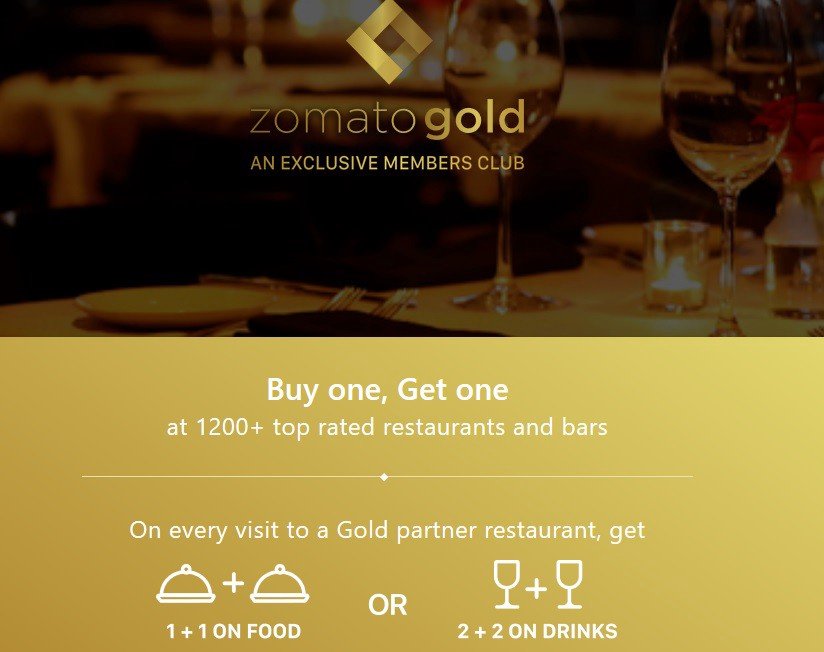Cracking marketing case studies is not everyone’s cup of tea. It requires a mix of theoretical knowledge and practical expertise to understand the scenarios. These case studies contextualize standard market practices.
Reading and solving these studies gives you a deeper understanding of how an actual industry functions, Remember, the more you practice, the better you get. So, without further ado, here are some effective marketing case study examples and solutions you can check out.
Case Study 1 – Coca-Cola collaborates with App Annie.
Coca-Cola is a beloved beverage brand enjoying worldwide recognition and profit. Other than its trademark soft drinks, the company also has several sister brands under its name. Over the years, Coca-Cola has developed into a tech-savvy, modern business, thanks to its innovation strategies.
The latest app developed by Coca-Cola includes the Coca-Cola Freestyle for customers, Coke Notify Service Request for retailers. Read the case study titled “Coca-Cola relies on App Annie to amaze and delight its customers” for more details.
The study describes the significant challenges faced by the brand and how it overcomes them with remarkable success. Towards the end, you also learn about the future prospects of the company.
Ideal solution format:
- Explain the background of Coca-Cola, and why is it such a relevant brand.
- List down the various sister brands and companies under Coca-Cola.
- Discuss the innovation strategies that the brand adopts
- Explain the three significant apps launched by Coca-Cola
- Summarize the challenges faced by Coca-Cola
- Talk about App Annie Intelligence and its benefits.
- Discuss how App Annie contributes to better customer engagement.
Case study 2 – Zomato’s new deep discounting strategy
Zomato is a popular Food Service Aggregators in India (FSAs) known for its online delivery and user-friendly interface. Recently, in an attempt to improve business, Zomato introduced some heavy discounts for its client base. The new Zomato Gold was part of this campaign.
Customers who subscribed to Zomato Gold could access free meals, drinks, and discounts in certain restaurants. The company partnered with numerous eateries to execute this plan. However, 15th August 2019, hundreds of restaurants decided to log out of this marketing campaign. This was because the heavy discounts led to a loss of revenue and profits.
Zomato co-founder, Deepinder Goyal tried to appease the partners by launching a new model. This response was soon rejected as the core issue of discounts remained unresolved. The led to an impasse between the two parties, leaving Zomato vulnerable to takeovers.
This was just a gist of the case study on Zomato’s deep discounting strategy. Read through the details of the report, analyze the stats, and establish your take on the situation.
Ideal solution format
- Reinstate the given facts (the discount strategy)
- Establish the main objectives of the case study
- Explain what Zomato Gold includes
- Summarize the central problem (Zomato’s loss of partners)
- Talk about why and how the discount strategy affects restaurant owners

Case study 3 – Raymond’s experiment with khadi
Raymond is a significant textile business worldwide known for its fabric quality and fitting suits. The brand now plans to customize its fabric to suit the Indian market. For this, the market experts narrow down to the traditional Indian material- “Khadi”.
Khadi is a hand-woven, light, and comfortable fabric with some rich cultural and historical significance. Raymond, in its latest marketing strategy, tried to integrate Khadi in modern fashion. The marketing team adopted innovative advertising ideas to make their product more appealing and relatable.
This case study titled “Raymond: Giving a new spin to Khadi” discusses the deal between the company and the govt. Body. Khadi Village and Industries Commission (KVIC) is an organization that overlooks the production and distribution of khadi in India.
The case study highlights how Raymond breaks the general perception of Khadi, presenting differently. It also outlines the practical challenges faced by the brand to successfully launch the khadi line.
Ideal Marketing case study solution format
- Begin with a short introduction
- List down the traditional textile advertising strategies.
- Discuss the new marketing strategy of Raymond
- Talk about the cultural and historical importance of khadi.
- Outline the challenges Raymond would face
- Explore the deal between Raymond and KVIC
- End the case study with a brief on how Raymond would change pre-conceived notions around khadi
Marketing case study examples with solutions
What makes a good marketing case study?
Most marketing studies included as your coursework are either success stories or hypothetical scenarios. The case revolves around a company or an individual. The premise is also quite simple, with new details being added in the story as it progresses.
Every case study has three distinct parts- an introduction, a body, and a conclusion. The ending is not a resolution, though but a problem that the reader must solve. Students usually develop a hypothesis and then use the given facts to prove or disprove their argument.
Here is a stepwise guide to writing a good marketing case study solution.
 Begin with a catchy headline
Begin with a catchy headline
Marketing case studies are both informative and intriguing. They aim to educate the reader by building upon facts and drawing certain conclusions from them.
Begin the case study with a unique headline that sums up the purpose of the passage in a nutshell. Include the name of the company and basic gist of the case study in the heading. A creative title also piques the reader’s interest and makes for an exciting read.
Set the background
The introductory paragraph must outline the context of the case study. You cannot dive headway into the research without providing some background for the reader. Talk about the company, the industry it’s set in and the growth of the brand.
Once you have described the basic premise of the case study, you can explain the other details. Setting the background adds some clarity to your case study. You can present the core issues and questions in the main body of the study.
Marketing case study examples with solutions
Summarize the key points
The next step is to give a summary of everything you find relevant in the case study. For this, I recommend my students to read the case study multiple times and get the basic gist of it. This makes it easier to filter out information and use it for your analysis.
Most case studies have the solution hidden inside the problem. You just need to be observant enough to identify it. Summarizing the central points of the study also puts things into perspective.
An in-depth analysis
Once you have all the key points listed out, you can discuss them in detail. The in-depth analysis gives you the space to apply marketing theories to prove/disprove your arguments. It is here that you can present your unique take on the case, provided it is objective, logical, and valid.
You can also add a few footnotes and annotations to enrich your research. Refer to other similar cases, papers and studies conducted by credible institutions. You can draw from their approach, improvise it to propose a robust solution.

Throw in some numbers
Merely restating the facts and having a hypothesis is not enough to crack a marketing case study though. You also need to back it up with numbers, figures, and some charts. These infographics present the data in a visually appealing way.
Statistics also solidify your arguments, making for a convincing case. Putting together a compelling case study is not an easy job. It is a combination of theoretical research and stats.
A logical resolution
The last part or conclusion of the case study attempts to wrap up the argument. It is not necessary to have a definitive ending. You can keep it open-ended, giving the reader the freedom to interpret the case their way.
Ensure that your marketing case study reaches a rational conclusion where you address each question. It is also a section where you reinstate the points previously mentioned. You can devote this space to estimate the scope of the company in brief.
Need for marketing case studies
Marketing case studies give you a glimpse of the real-life scenarios. Every curriculum covers both theoretical and practical aspects of the subject. With case studies, you observe how technical knowledge is applied to realistic situations.
It also improves your analytical abilities and problem-solving skills. You get better at handling and sorting through information. Plus, you also learn about the importance of research credibility and critical thinking.
Ensure that you add proper references and citation at the end of your analysis, though. I suggest students follow APA or Harvard style referencing as it is better suited to statistical research.
Quick links and references
Listed below are a few quick links and reference material that students can read through to know more about the topic. These links come from academic journals and government websites.
Marketing case study examples: ICMR marketing case studies
Case study solution guidelines: Writing a Case Study Analysis by Ashford Writing Centre
Citations and referencing: Harvard referencing guide
Citation generator: CiteFast
The bottom line
Cracking a marketing case study is not a one-step process. It requires a lot of practice and reading. I have picked a few case-study examples with solutions you can check out. I hope that these samples would clear some concepts for you. Good luck!
Marketing case study examples with solutions

 WhatsApp Us
WhatsApp Us